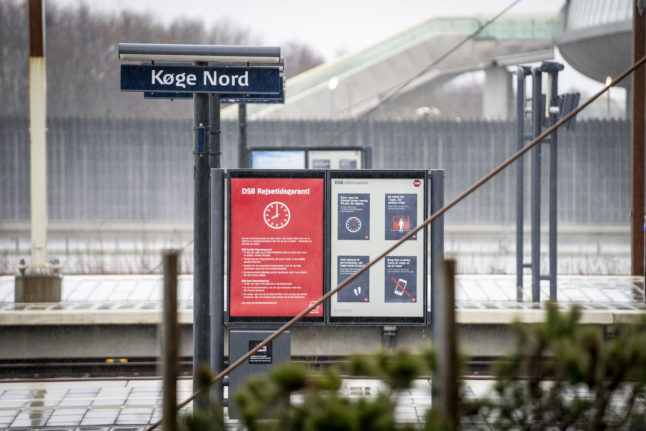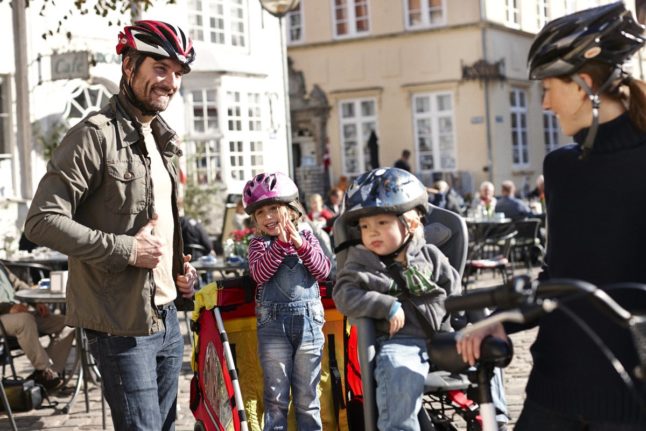National rail operator DSB announced on Monday that rail tickets will cost up to 13 percent more in Denmark next year, with most locations in the country likely to see higher fares.
Opposition parties say they will summon the transport minister, Thomas Danielsen, to parliamentary committee hearing over the rising prices.
“We are summoning the minister to committee,” said transport spokesperson Signe Lippert of the Socialist People’s Party (SF).
“Something needs to be done so that we don’t get a vicious circle in which prices go up, customers leave the store and prices then have to go up even more, until we end up with a public transport system which doesn’t function,” she said.
The fares for 2024 were published by DSB on its website on Monday, and will come into effect on January 21st. The price rises vary by area and ticket type but average at close to 10 percent.
Prices are being put up next in response to increasing costs, the rail operator said.
READ ALSO: Rail fares set to increase across Denmark in 2024
The Danish People’s Party (DF) also expressed concern over the price changes.
“It seems completely crazy,” DF’s transport spokesperson Nick Zimmermann said.
Politicians will find it difficult to persuade the public to make more use of public transport when prices are high, he stated.
“If prices keep going up, I can 100 percent understand more people using their car,” he said.
Zimmermann said he also wanted to bring the minister into discussion of the matter.
The Danish Civil Aviation and Railway Authority (Trafikstyrelsen) has input into DSB’s prices.
The government agency decides the limits by which public transport fares may be put up. Costs at operators are taken into account.
Recent years have seen transport operators face increasing energy costs and inflation.
DSB has not raised prices to the full limit set by the travel authority, with the average price increase across the country not amounting to the 2024 limit of 10.3 percent set by the Danish Civil Aviation and Railway Authority.
Transport spokesperson Jens Meilvang of the Liberal Alliance party called the price increases “grotesque”.
Meilvang called for more competition in the transport sector, noting that DSB’s contract with the Danish state is scheduled for renegotiation next year.
“As long as there is a state monopoly with no competition, we’ll never get anywhere,” he said.
“We need to award more competition in this area, and not only on price but also punctuality,” he said.
Higher prices are necessary for public transport to maintain its service levels in the wake of inflation and the energy crisis, DSB’s head of customer services Charlotte Kjærulff said in a comment.
“It’s clear that when there are prices increases, that’s not something that will be appreciated. So it’s not surprising that some people aren’t happy with it,” she said.
Kjærulff said that DSB customers will still be able to make savings by purchasing Orange tickets, the limited number of reduced-price tickets for set departure times made available by DSB.
One million additional Orange tickets are to be made available outside of peak times, she said.



 Please whitelist us to continue reading.
Please whitelist us to continue reading.
Member comments